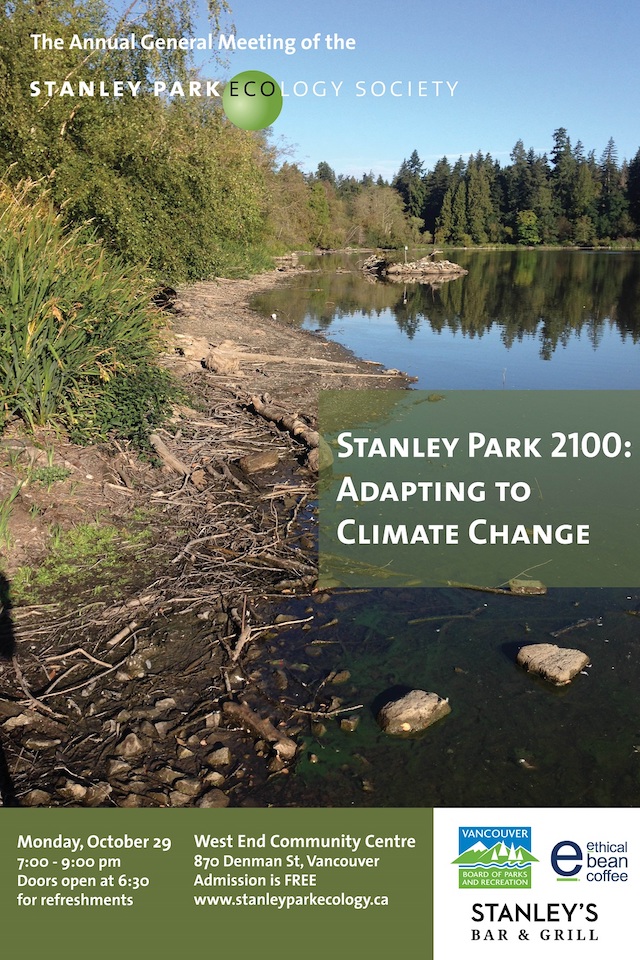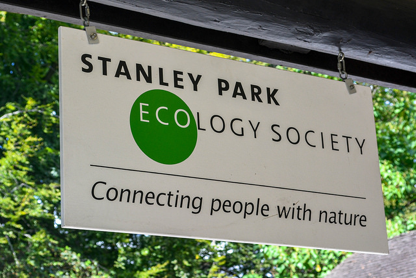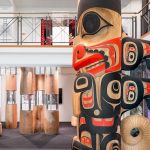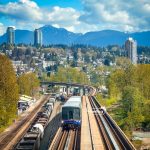Stanley Park 2100: Adapting to Climate Change
This post has been written and contributed by Kathleen Stormont, Fundraising & Communications Specialist with the Stanley Park Ecology Society (“SPES”)
Stanley Park 2100: Adapting to Climate Change

In just over 30 years, climate scientists are predicting Vancouverites can expect hotter, drier summers, wetter falls and springs, and warmer winters due to climate change. By 2100, Vancouver’s weather events will be even more extreme, and our shores will be inundated by seas one meter higher than today’s level.
What does this mean for Stanley Park?
As the city currently updates its 2012 Climate Change Adaptation Strategy, SPES is inviting experts to comment on our future climate, its potential impacts on Stanley Park, and the proactive plans that will prepare the park for these impacts.
On October 29th, SPES will be hosting a special presentation at its AGM: “Stanley Park 2100: Adapting to Climate Change” with guest speakers Angela Danyluk, Senior Sustainability Specialist with the City of Vancouver, and Bill Stephen, City arborist and author of the Stanley Park Management Plan and Vancouver’s Street Tree Plan.
Angela’s work is at the forefront of fostering solutions to climate change issues. Her talk will focus on the impacts of sea level rise and storms on Stanley Park and adaptation approaches to manage these impacts. Bill will explore how he and the City are addressing current and projected changes to forest ecosystems, using Stanley Park as a model.
How will nature respond to changes in temperature, rain and sea level over the next 80 years? Citywide, the “Climate Change Adaptation Strategy” outlines the following impacts on biodiversity:
- “Difficulty for some species to thrive in warmer, wetter falls and drier summers.” …Western red cedar, hemlock and Douglas fir will experience shifts in their coastal range. In Stanley Park, moisture-loving cedars, for example, will struggle on the drier sites and perhaps drastically reduce in numbers. Experts are looking at what species to plant in the park to ensure they are resilient to the changing climate.
- “More severe impacts of tree disease due to heat stress.”
- “Reduction of coastal feeding grounds and homes of birds and other animals due to sea level rise.”…Thousands of surf scoters congregate along Stanley Park’s shores every winter to feed on the blue mussels rimming the beaches.
- “Decrease in salmon populations due to warmer rivers and ocean”
- “New pests and invasive plants”
- “Impacts to our urban forests and green spaces due to more frequent extreme weather events.”…The 2006 windstorm felled 10,000 trees in Stanley Park. This event hasn’t definitively been linked to climate change, but we can expect more extreme weather events like this as the climate changes. ‘Wind-proofing’ the forest is under consideration.
Beyond preserving Stanley Park’s biodiversity and, thus, its resiliency, we also need to consider the critical role this urban forest plays in coping with climate change. According to Vancouver’s “Climate Change Adaptation Strategy”, “[vegetation] absorbs carbon, helps keep the city cooler in the summer and increases the amount of groundwater recharge, thereby lowering flood risk.”

Attend the SPES AGM
To find out how the Park Board and City of Vancouver are preparing for the climate change challenges facing Vancouver’s largest urban forest, join SPES at our AGM:
Where: West End Community Centre (870 Denman St, Vancouver)
When: Monday, October 29, 2018 7:00pm to 9:00pm
Follow the Stanley Park Ecology Society on Facebook, Instagram, and Twitter for more information.










